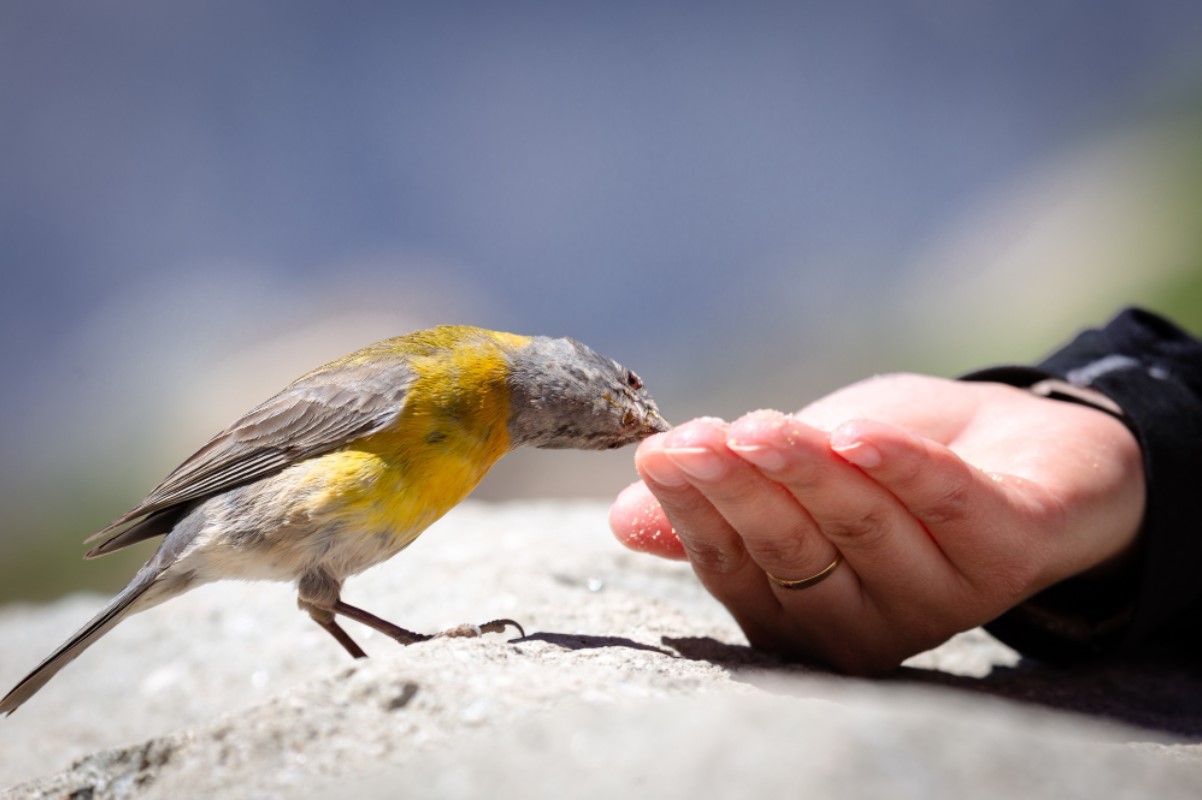Cases of a potentially deadly disease known as parrot fever have been on the rise in several European nations, including Austria, Germany, Denmark, and the Netherlands.
So far, it has claimed the lives of five people. But what exactly is this deadly disease, and how worried do we need to be?
What Is Parrot Fever?

Health Canada defines parrot fever as a respiratory infection that stems from the bacteria Chlamydia psittacosis.
While typically found in birds, the disease is zoonotic, meaning it can spread and infect humans who come into contact with infected birds.
A Cousin of the STI Chlamydia

Speaking with Global News, Dr. Isaac Bogoch explains the disease is a distant cousin of the widely known sexually transmitted infection, chlamydia.
“It’s a distant relative to the chlamydia, the sexually transmitted infection, but this is not a sexually transmitted infection,” Bogoch said. “But from a genetic relative standpoint, it’s a cousin.”
Cases on the Rise Across Europe

Cases have been slowly rising across a handful of European nations, prompting The World Health Organization to issue a warning.
Cases have been rising since November 2023, which has resulted in the death of five individuals.
Owners of Wild Birds Should Remain Aware of Dangers

“This is one of those things where people who own pet birds should just be aware that this is a potential pathogen you can get from your pet bird,” said Dr. Bogoch.
“But for the general community at this point in time, there’s really nothing to be concerned about.”
Unlikely to Cause Death

Dr. Bogoch explained that while cases are beginning to climb, it’s likely a result of better surveillance systems. He goes on to suggest the likelihood of death is relatively low for those who may contract the disease.
“It’s something that’s being monitored, and this was picked up because there are more robust surveillance systems in many parts of the world,” he said.
How Does Parrot Fever Spread?

A report released by the U.S. Centers for Disease Control and Prevention states humans can contract the disease in several ways.
Typically, infection comes from individuals breathing in dust particles contaminated with an infected bird’s secretions.
Other Ways Humans Can Contract Parrot Fever

Humans can also contract parrot fever if they are bitten by an infected bird or through direct contact with its mouth.
However, an individual cannot contract the disease by eating an infected bird.
Human Transmission Is Possible

Studies have proven that humans can pass the disease to one another. However, it’s fairly uncommon.
According to WHO, the majority of individuals who contracted parrot fever were exposed to infected wild and even domesticated birds.
Symptoms of Parrot Fever

For those who contract parrot fever, symptoms typically begin to appear anywhere from four days to two weeks after exposure to an infected bird.
Symptoms of infection include chills, fever, muscle pain, headache, and a dry cough.
Treating Parrot Fever

Typically, symptoms last for several weeks; however, death is rare.
For those with severe symptoms, doctors may prescribe several kinds of antibiotics.
The Spread of Parrot Fever

So, while cases have climbed ever so slightly in recent years, doctors such as Bogoch suggest there’s no need to panic.
For now, WHO will continue to monitor the situation in Europe.








































